Columns
Where’s the inclusion?
Equitable treatment of Dalit and marginalised children cannot be expected under the proposed Education Bill.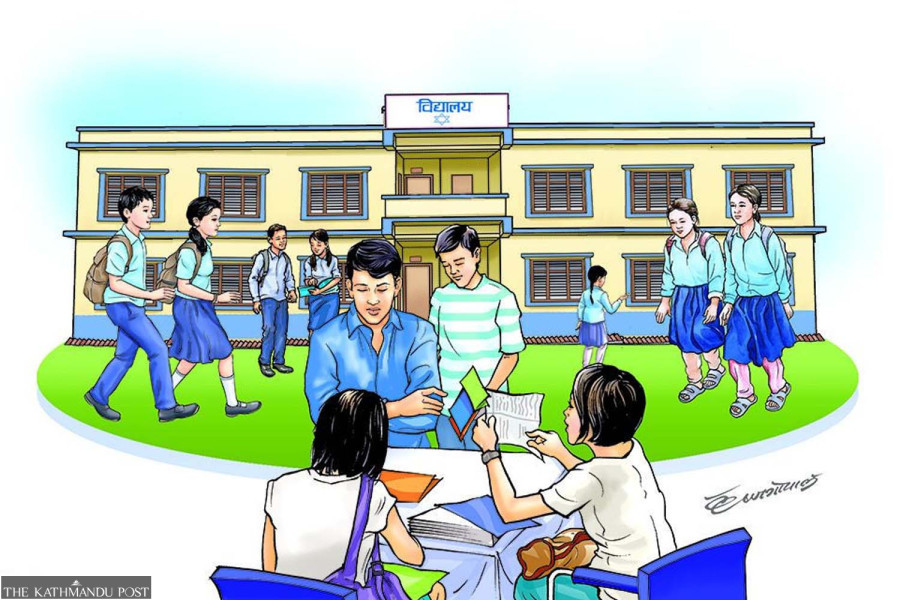
Sunil Pokhrel & Rup Sunar
Of the many similarities between the Education Bill which landed in Parliament in 2023 (2080 BS) and the Education Act of 1971 (2028), one stands out: Both documents treat Nepali society as monolithic. Nowhere in the 1971 Education Act is there the mention of the need to support low-performing, non-mainstream, disadvantaged and minority populations.
Interestingly, the new Education Bill, which was drafted 52 years later and is currently under parliamentary deliberation, also fails to recognise the diversity of Nepal’s population. The proposed bill has failed to address the necessity for tailored support for students from various backgrounds and circumstances for academic success. This omission contradicts the Education Bill 2023 with key guiding documents such as the Constitution of Nepal 2015, the School Education Sector Plan (2024-2030) and the Sustainable Development Goal 4.
The common themes across Nepal’s constitutional provisions on the Right to Education and Affirmative Action, the School Sector Education Plan (SSEP) and the Sustainable Development Goal (SDG) 4 emphasise inclusiveness and equity to ensure access to quality education for all students, not just a privileged few. Yet, the Education Bill ignores the basic premise of the Right to Education (Article 31) of the Constitution, which ensures access to education for children with disabilities, Dalits, indigenous communities and other marginalised groups, with specific provisions for their needs.
The failure of the bill to acknowledge that students from marginalised and challenging circumstances require special provisions is evident in the way it proposes national standards. Standards for providing equitable opportunities for all students to engage in learning and succeeding—for preparing teachers to create inclusive classrooms where students, irrespective of their backgrounds, feel valued and supported, are conspicuously absent. Interestingly, among the eleven standards mentioned, none include teacher standards, teaching-learning standards, curriculum standards, standards of professional development for teachers or evaluation standards.
Additionally, the bill seems to overlook the basic premise of the School Education Sector Programme 2024-2030 (SESP). The SESP clearly states that children from marginalised communities face low enrollment rates, high dropout rates and a significant number fail to complete secondary education. The document further notes that students from difficult circumstances and marginalised backgrounds receive minimal support in achieving above-average performance in core subjects. The document states, “disparities based on caste, gender, socioeconomic status, linguistic background and geographical location persist in student enrollment, participation, and learning achievements”. The SESP, intended to complement the Education Bill, appears more progressive than the Education Bill itself.
One of the targets of SDG 4 is to “build and upgrade education facilities that are child-, disability-, and gender-sensitive, and provide safe, non-violent, inclusive and effective learning environments for all.” Inclusivity, a critical element in teaching-learning and other issues related to preparing students from all backgrounds for the 21st century, is missing from the bill.
The Education Bill’s heedlessness to inclusivity goes beyond the conceptualisation of standards. Article 16 of the bill specifies that the principal of a public school will be selected by a committee composed of the head of the education office, the chief administrative officer or the head of the education department of the respective local authority and an education expert designated by the education office. This composition fundamentally undermines the principles of inclusivity. According to the Constitution, the country aims to “create an egalitarian society based on the principles of proportional inclusion and participation, ensuring an equitable economy, prosperity and social justice.” However, the selection committee outlined in the bill fails to reflect this commitment.
Thus, the bill does not guarantee the inclusion of women or the representation of the communities in the selection process for choosing the principal (of/for) the school their children go to. The logic behind the three-member selection committee seems likely to centralise control to the bureaucrats, even though the constitution mandates that the control of schools lies with the local bodies.
Similarly, the provision for forming the School Management Committee (SMC) is also flawed. The proposed Education Bill mandates that each public school have a SMC based on inclusive representation. This committee will include at least two women members. It will consist of guardians chosen from among themselves, individuals permanently residing in the local area, education enthusiasts and socially active individuals. However, it does not guarantee the representation of all sections of society. Similarly, other institutions envisioned in the bill, such as the Teacher Service Commission and the Council for National Curriculum Development, mandate the inclusion of women, but they do not specify representation for other marginalised groups, such as Dalits, Indigenous Peoples, Madheshis, or persons with disabilities. Even in the case of women’s representation in such institutions, the requirement for “at least one or two women” presents the risk of relegating female representation to a symbolic role.
If the new Education Bill is passed without considering inclusion, students from marginalised communities and difficult circumstances will likely continue to show low achievement levels, as demonstrated annually by the National Assessment of Student Achievement (NASA) exams since 2009. The proposed replacement of the Education Act 1971 should bring tangible benefits for historically low-achieving groups in Nepal’s schools. In its present form, however, we cannot be optimistic that the learning gap between privileged students and others will narrow.




 17.12°C Kathmandu
17.12°C Kathmandu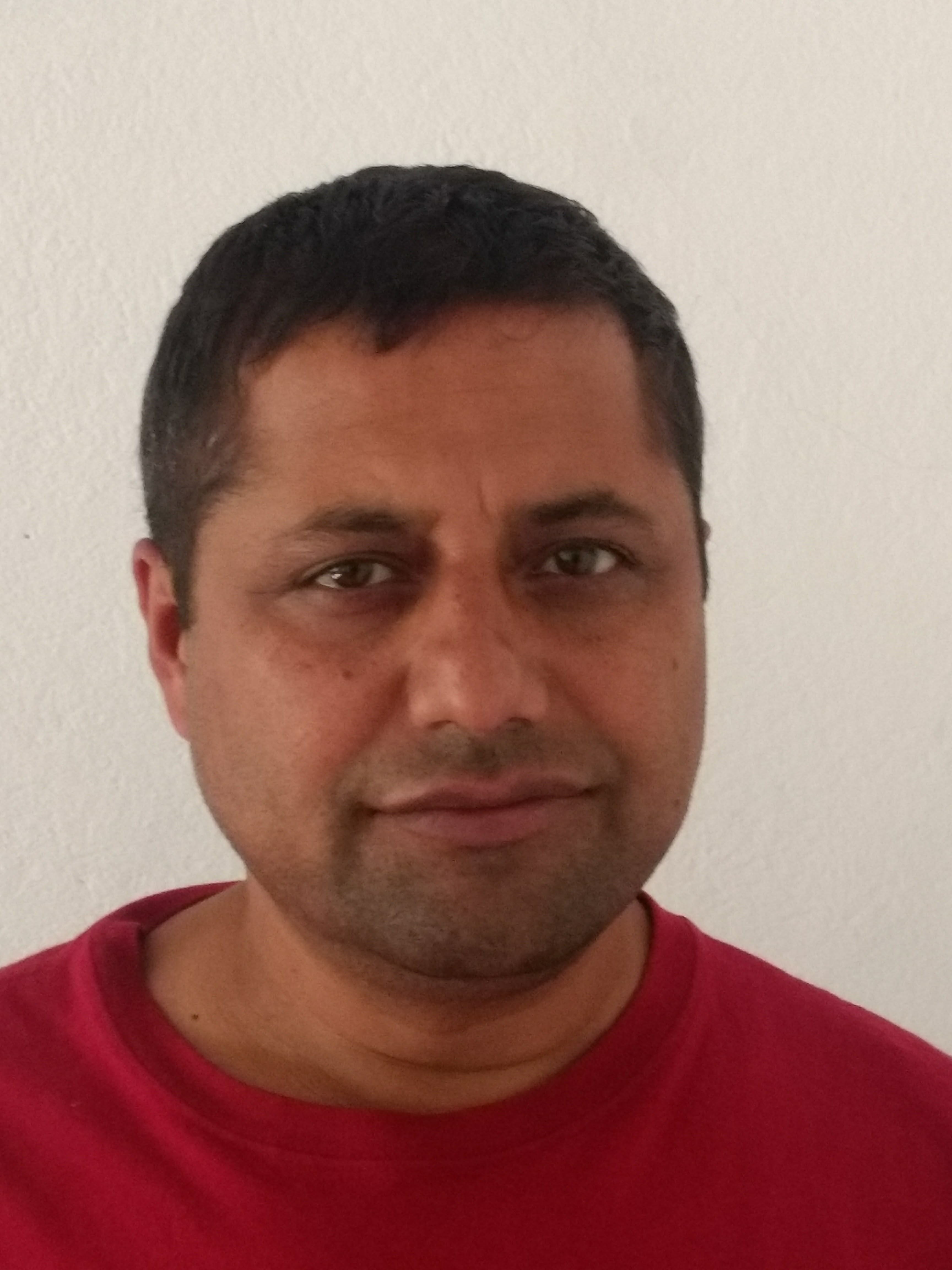
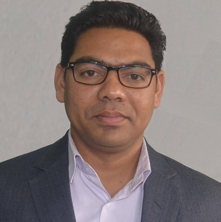
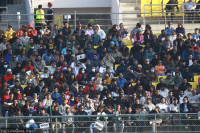





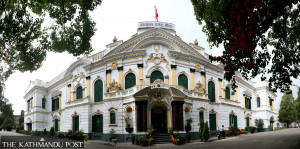
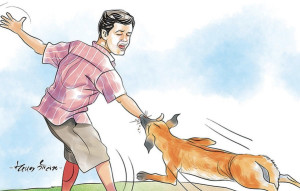





%20(1).jpg&w=300&height=200)

